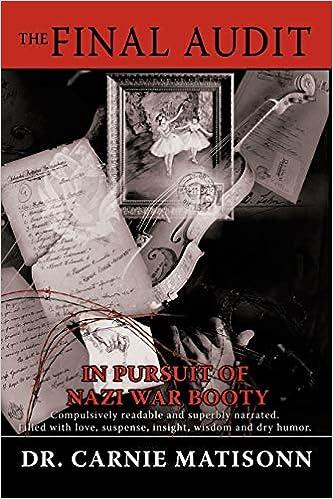

Scenario Allocation method The costs of unused capacity of the Materials Management Department are not allocated to the Machining and Assembly Departments. Assuming that the budgeted labor-hours are based on honest estimates of their annual usage, this method will provide an estimate of the excess Materials Management Department capacity (the portion of Materials Management Department costs not charged to either the Machining or Assembly Department). This method suffers from the disadvantage that fixed costs of the Materials Management Department appear as variable costs to the Machining and Assembly Departments. The Machining Department and Assembly Department know at the start of the year the price per labor-hour in the Materials Management Department. This enables them to make operating decisions knowing the rate they will have to pay for materials management. Each can still control its total materials management costs by minimizing the number of Materials Management labor-hours each uses. Using the budgeted rate means that the costs of the unused capacity of the Materials Management Department is allocated to the Machining and Assembly Departments. The disadvantage is that fixed costs of the Materials Management Department appear as variable costs to the Machining and Assembly Departments. The Machining and Assembly Departments are unaffected by changes from its own budgeted usage or that of other divisions. The fixed costs of unused capacity in the Materials Management Department are not charged to the Machining and Assembly Departments. Of course, companies must ensure that managers do not systematically low-ball budgeted usage to reduce their allocations, for example by imposing penalties if managers want to use more resources than budgeted. The Machining Department and Assembly Department know at the start of the year what they will be charged in total for overhead costs. In effect, the Materials Management Department costs becomes a fixed cost for the Machining and Assembly Departments. Then, each may be motivated to over-use the Materials Management Department, knowing that their current year transportation costs will not change. The costs of unused capacity of the Materials Management Department are not allocated to the Machining and Assembly Departments. Assuming that the budgeted labor-hours are based on honest estimates of their annual usage, this method will provide an estimate of the excess Materials Management Department capacity (the portion of Materials Management Department costs not charged to either the Machining or Assembly Department). This method suffers from the disadvantage that fixed costs of the Materials Management Department appear as variable costs to the Machining and Assembly Departments. Single-rate method: Budgeted rate based on budgeted usage and Allocated using actual usage Single-rate method: Budgeted rate based on budgeted usage and Allocated using budgeted usage Single-rate method: Budgeted rate based on capacity and Allocated using actual usage Dual-rate allocation








